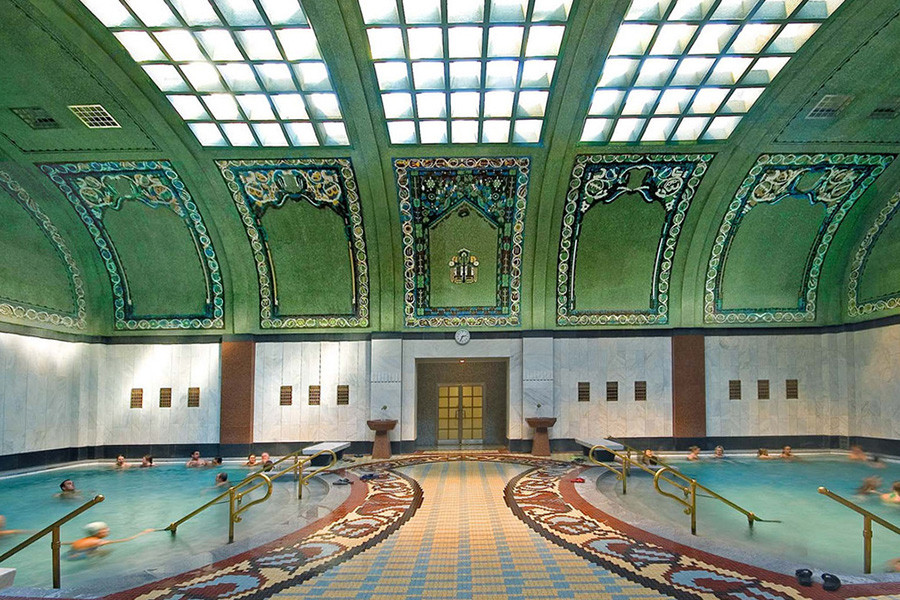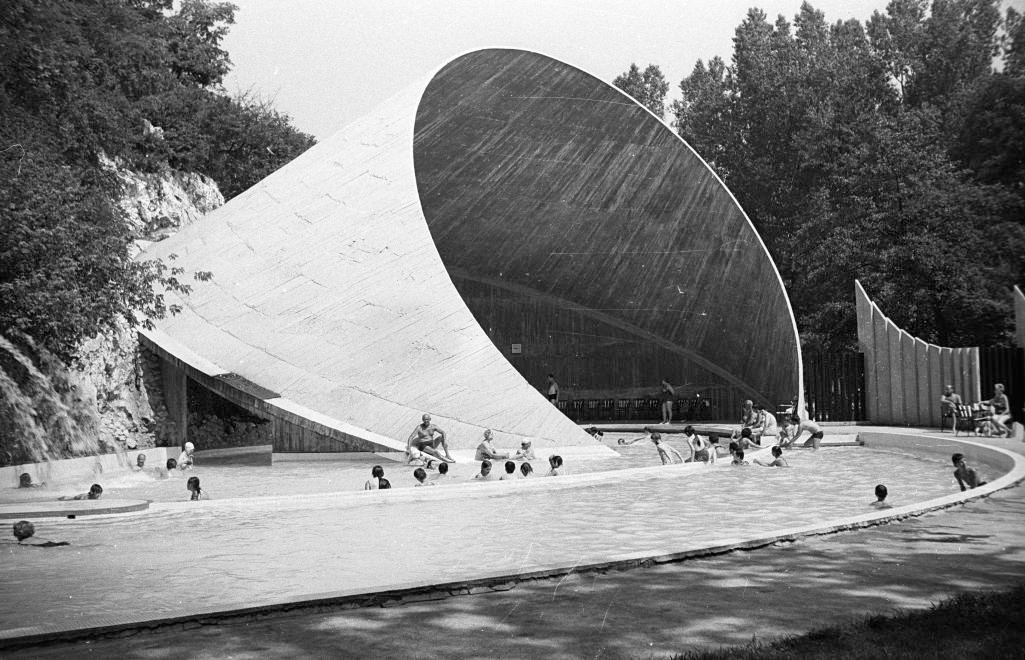Contemporary Architectural Strategies
In Reconstruction of Historical Spas In Buda
- Author
- Szentmáry Szabolcs DLA
- Supervisor
- Szabó Levente DLA
- Year
- 2017
- Download disszertáció
As spatial collage of different ages, architecture of historical spa complexes in Buda has been characteristically representing variant periods: mostly the Turkish era, 19th and 20th centuries, which architectural layers are joined to contemporary architecture in many cases. ’Imprints’ of different ages were mutually interacting to each other during their creation and this conjuction is still existing. Beside exploration of imprints created in a certain period, collective analysis can unveil exciting new aspects.
Unique character of historical spas in Buda is verified by the fact that their original function has endured centuries without any change. Our historical spas have characteristic of functional continuity through ages, which is rarely to be found among listed monuments. Therefore my dissertation is focusing on constantly renewing spas having the aforementioned uniqueness and preserving their function since the Turkish era. The only reason why this decisive constancy could have remained for centuries is the following: our historical spas have been suited to demand of subsequent time periods and their architecture were changed accordingly collecting layers of different periods.
In the dissertation – historical spas of Buda, related contemporary architectural solutions, reconstructions, extensions – are analysied in concrete case studies after a brief historical review, which reveals the complexity of the background.

